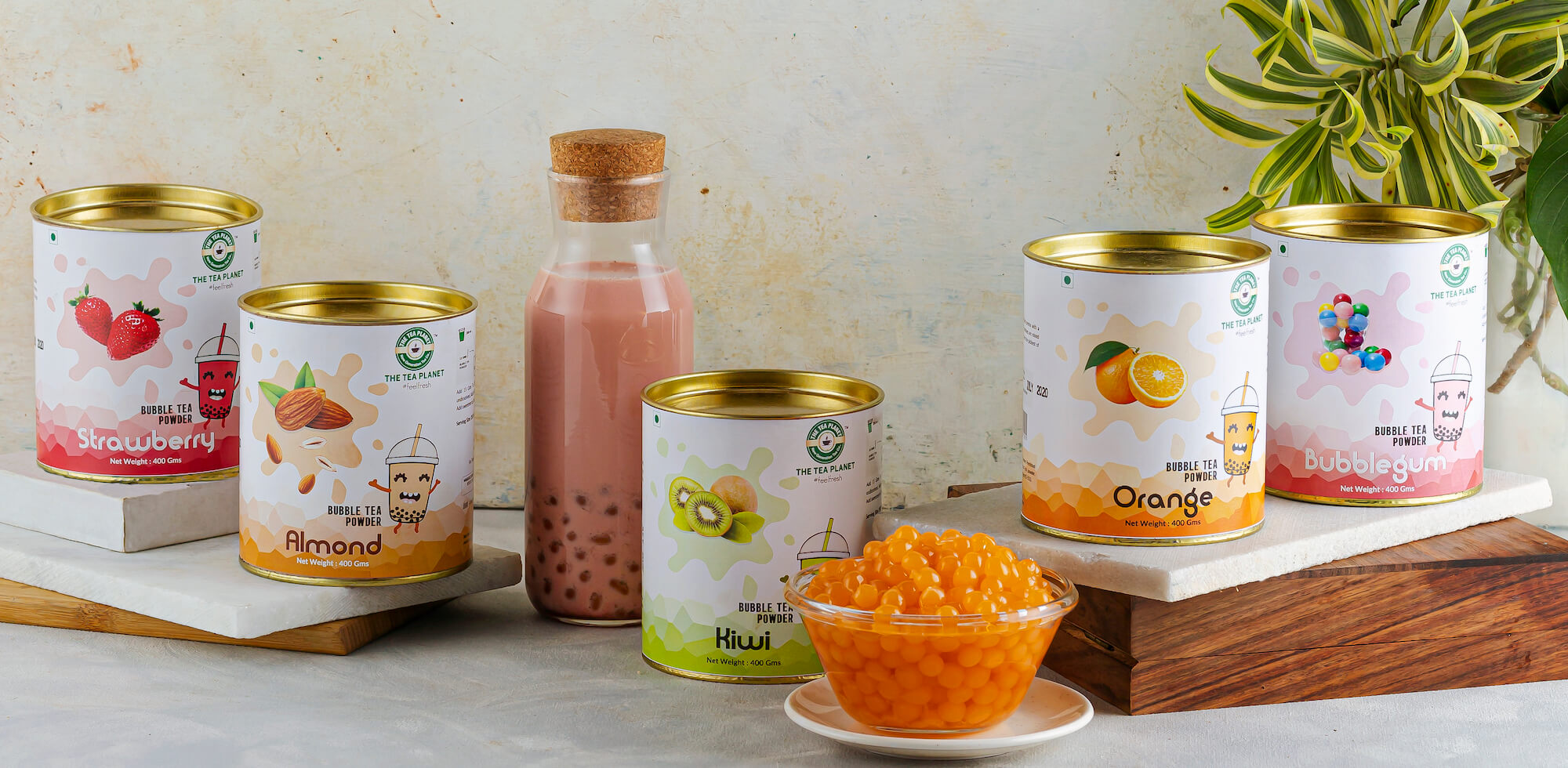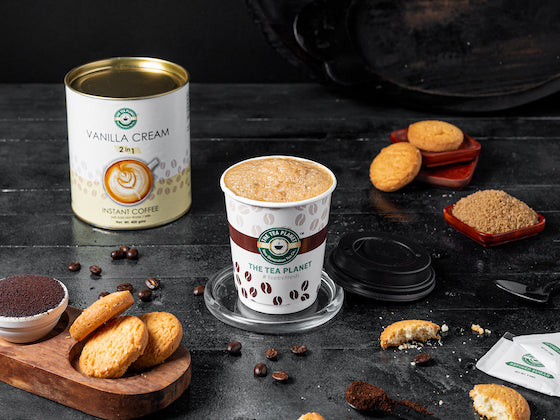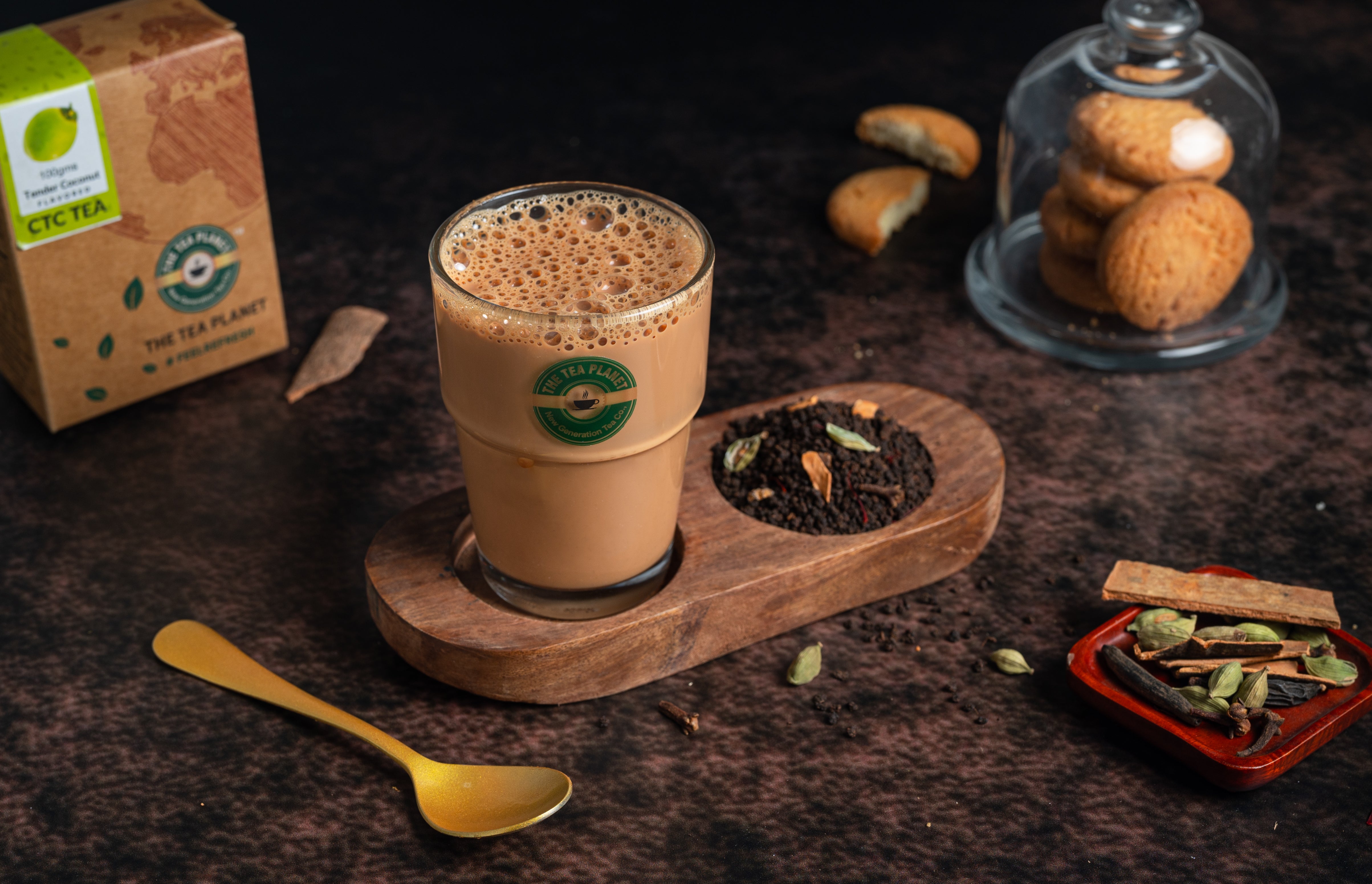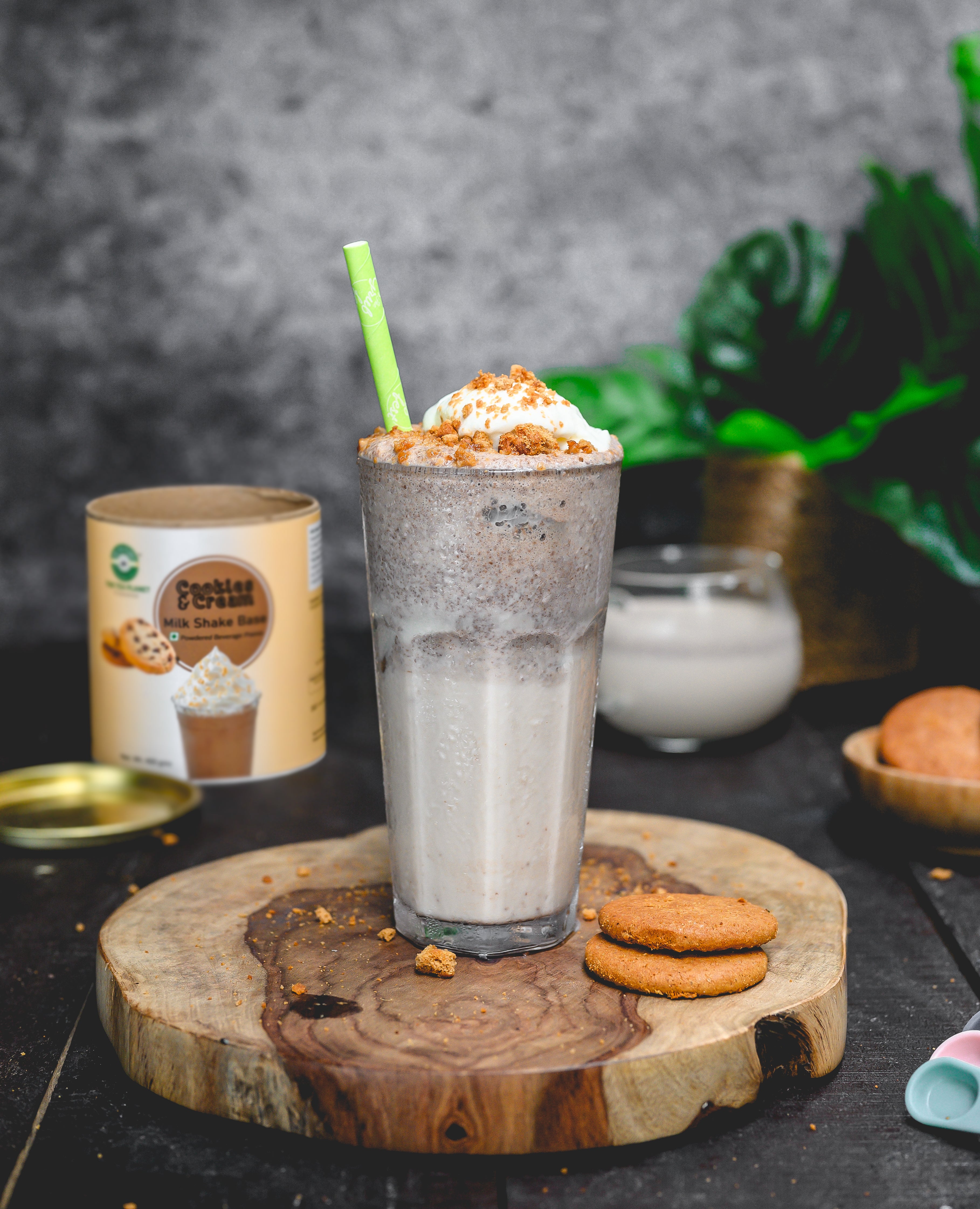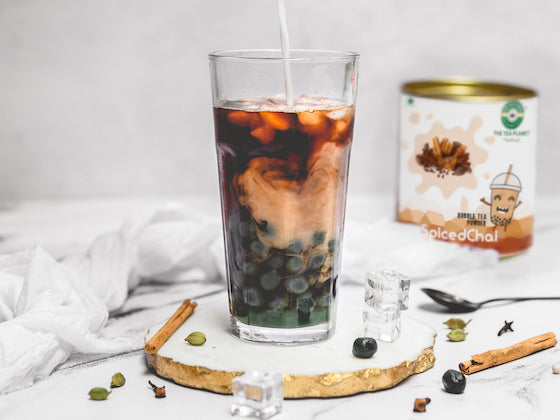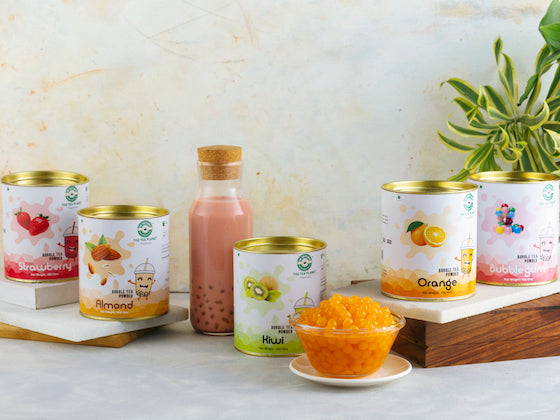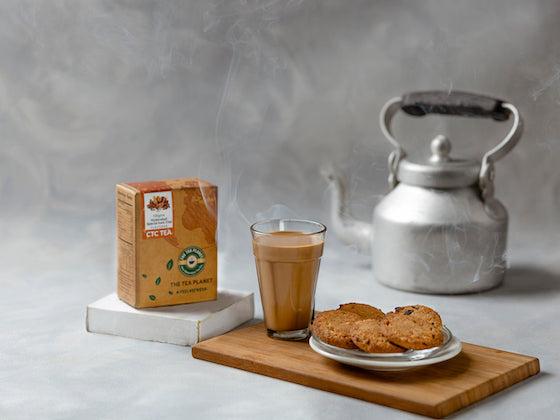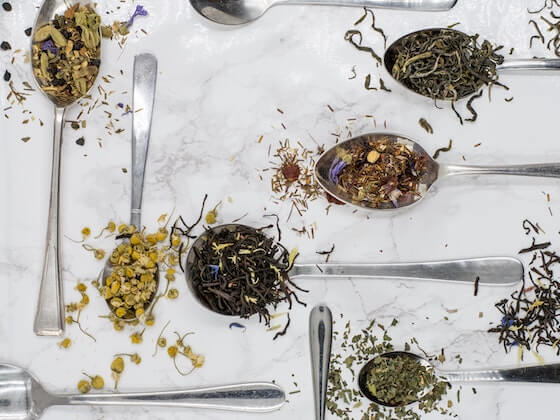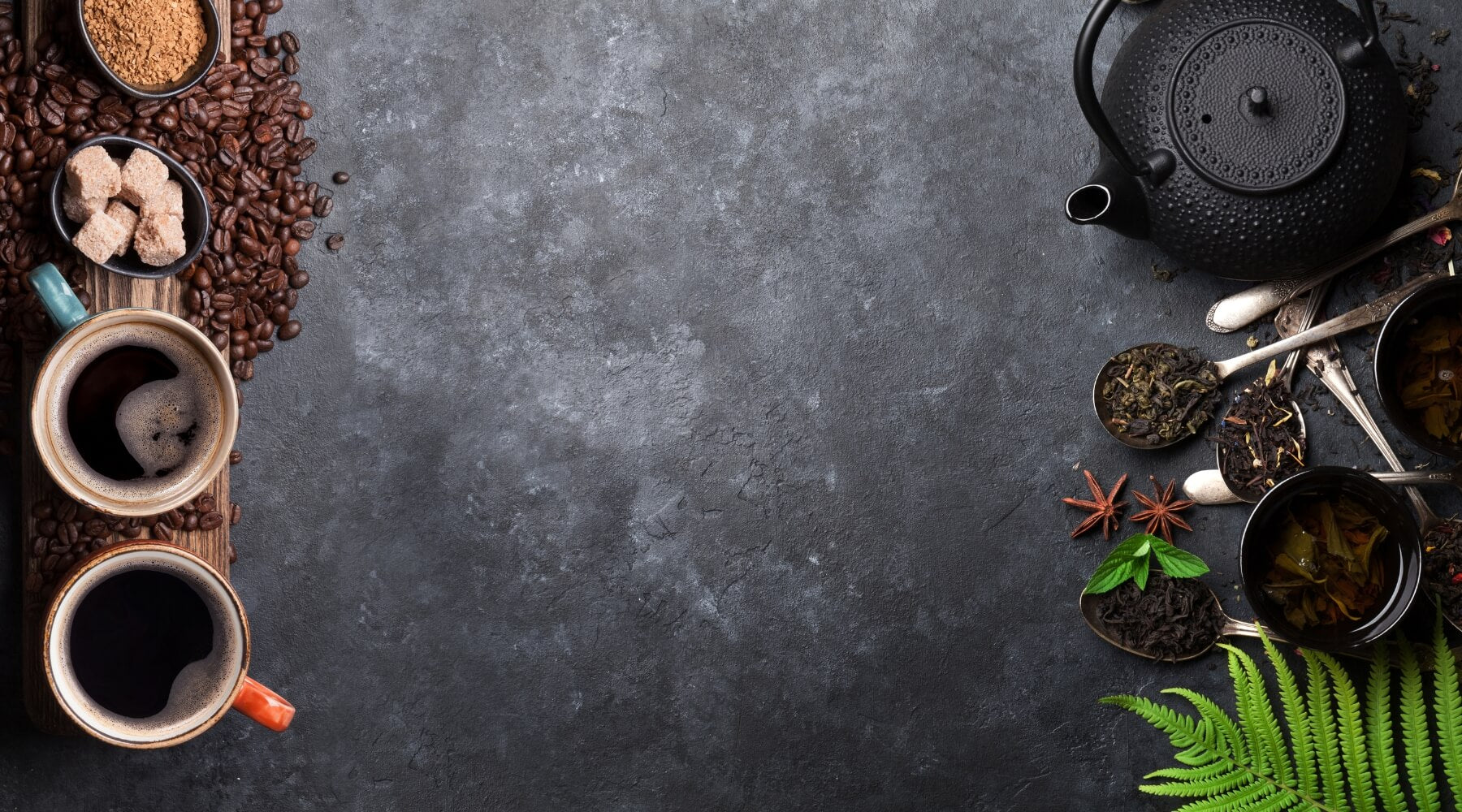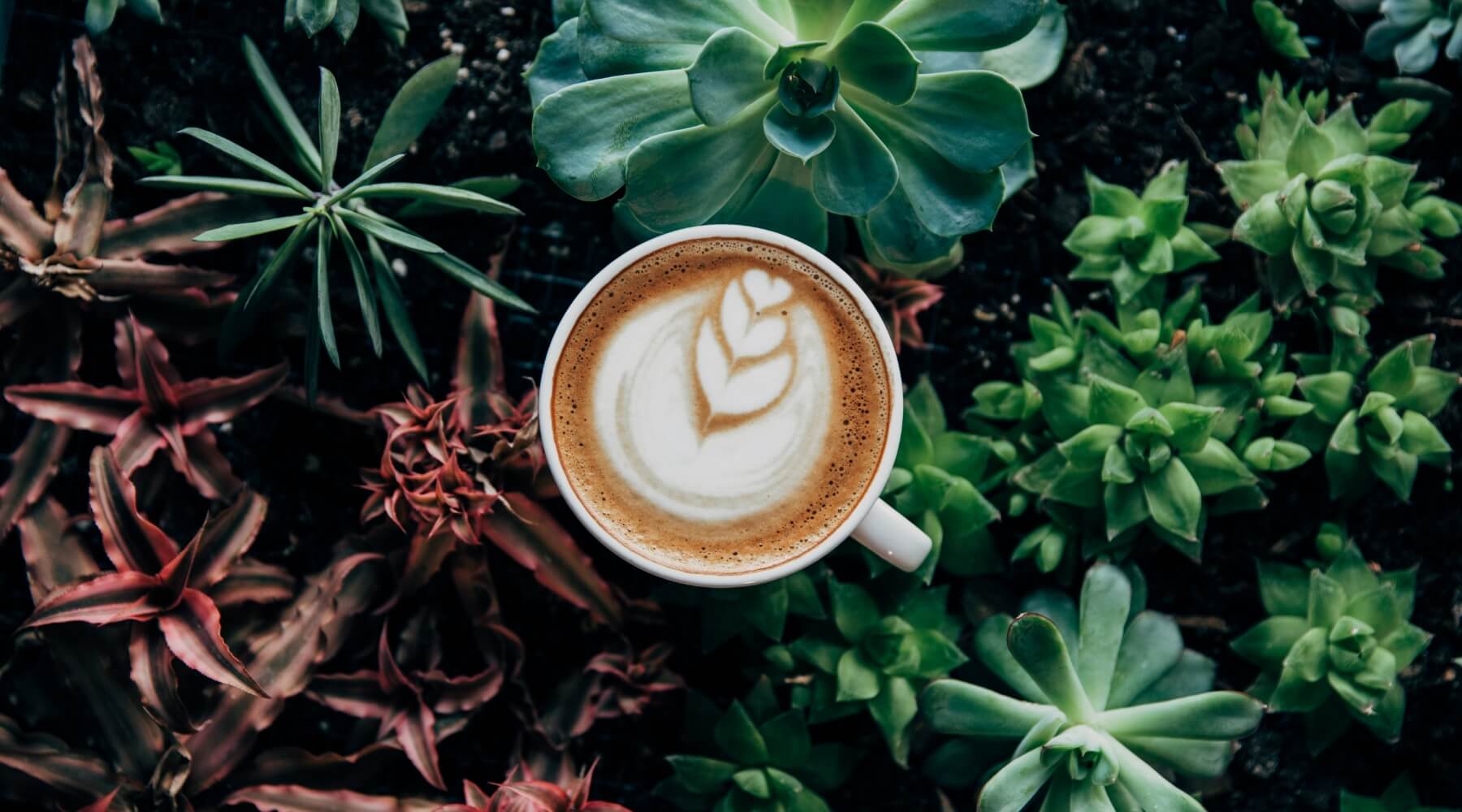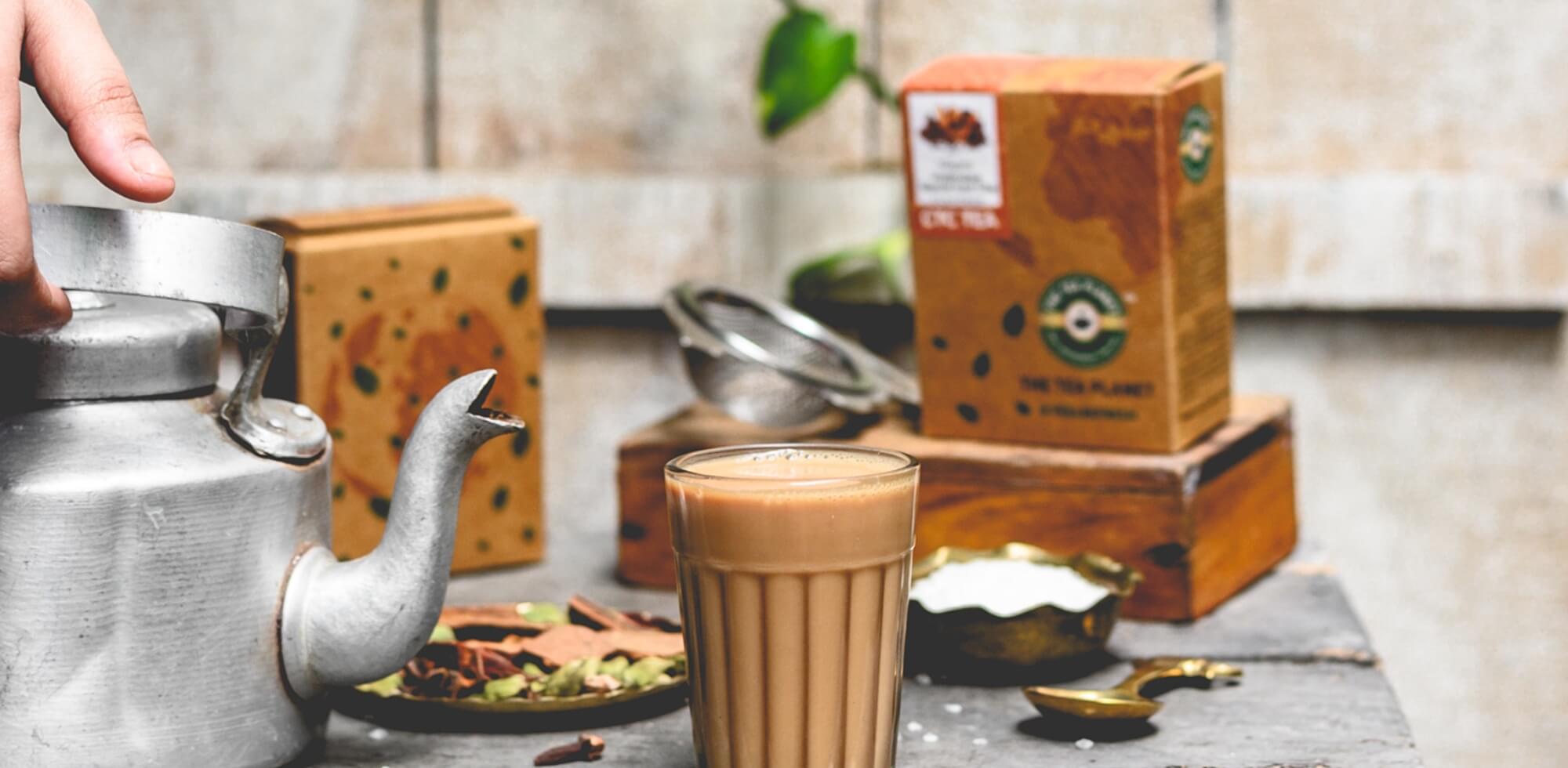The no-brainer benefit of grabbing that mug full of rich flavors is the caffeine jolt you crave over. People who enjoy strong coffee are now taking notice of the different ways that coffee grounds might assist them in their regular tasks around the house.
Even more, reasons to enjoy your morning coffee! Consider these creative household applications for spent coffee grounds before tossing them out or tossing them in compost.
- Fertilize with coffee grounds
It doesn't matter where the coffee grounds come from the used grounds from the coffee machine or the single-serve capsules. A well-known technique of recycling coffee grounds is to sprinkle them around acid-loving plants like roses, azaleas, blueberries, and other flowers regularly. (They're also great for growing mushrooms!) The smell of coffee will also keep those bothersome insects away. When compared to commercialized fertilizers, reusing coffee grinds is a cost-effective—and natural—option. You will also be assisting your town in being more environmentally friendly and sustainable.
- Compost coffee grounds
Because coffee grounds are high in nitrogen, certain plants will benefit, beneficial worms will be attracted to the pile, and pests such as ants, slugs, and snails will avoid the coffee odor, which will benefit the compost heap as well. Just be careful not to overdo the coffee—too much nitrogen might upset the ecosystem and kill some plants.
- Beauty products made from coffee grounds
Beware, cellulite! Coffee is an ingredient in a lot of cosmetic products, and when used topically, it can help break down fat and boost blood flow, which can help reduce cellulite appearance. Recycled coffee grounds can also be used as an aromatic exfoliator for your face and body that is good for your skin and fights age. Do you have puffiness and bags under your eyes? Coffee grounds are abundant in antioxidants and act as an anti-inflammatory, so use them to treat both problem areas.
Caffeine can also stimulate blood flow and speed up hair growth when applied to the skin. Those same grinds can also be used to clean your hair if you already have a lush mane. The residues of styling chemicals, as well as dead skin cells left behind, can be reduced and removed by massaging coffee grounds into your hair.
- Coffee grounds as cleaning products for the house
Recycling your coffee grounds can provide a wealth of natural chemicals for cleaning goods while also saving you money. Coffee grinds, for example, can be an excellent and natural approach to eliminating scents in your home. To get rid of odors, put some grounds in the refrigerator, freezer, or even the trash. The grounds can also be used to remove a garlic or onion odor from your hands.
Because the grinds are abrasive (much more so than baking soda), they're ideal for cleaning pots and pans, as well as removing grease and grime from the counter. Because grounds can discolor some surfaces, use caution when putting them on white porcelain or tile grout.
- Neutralize refrigerator odors
Coffee has nitrogen in it, which helps to neutralize odors. To make the most of this power, dry your wet coffee grounds on a baking sheet. Place them in an open container in your fridge once they're dry. A small bowl will suffice, but a Mason jar with a cover and nail holes drilled in the top is recommended to avoid spilled coffee grinds. Strong odors in your fridge will be absorbed by the coffee, keeping it smelling fresh. Simply replace the grounds every few weeks or If new odors appear.
- Work as a meat tenderizer
Almost any piece of meat can be massaged with coffee grinds. Coffee's acidity levels are similar to those found in wine, allowing for flavor amplification. It doesn't end there, though. A coffee rub on steak can also work as a tenderizer, softening the meat and increasing its moisture content by forming a flavor-sealed crust.
- Use it as a natural dye
You know how strong coffee stains can be if you've ever spilled it on fabric. Use that strength to naturally dye fabric and clothing with coffee! Natural fibers can be dyed in beautiful shades of tan and brown, and you probably already have everything you need.
This method is ideal for dyeing coffee-stained clothing as well as creating custom fabrics for quilts, embroidery, and cross-stitch.
So, rather than discarding the leftovers in the garbage and wasting a resource that has many uses—aside from the tastebud gratification and high-caffeine kick—your reclaimed coffee grounds may be a great perk around the house with a little imagination.
